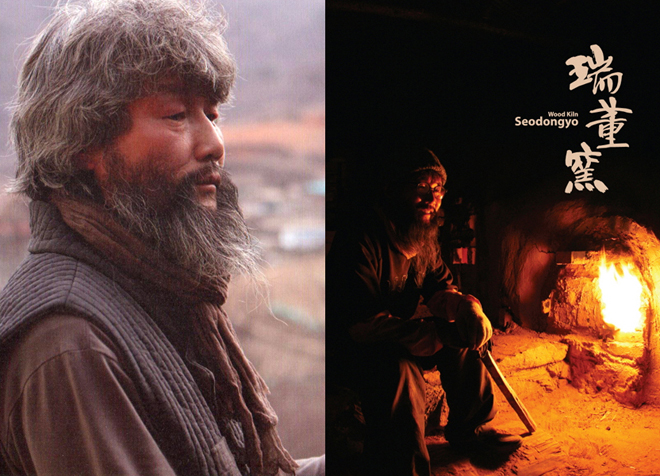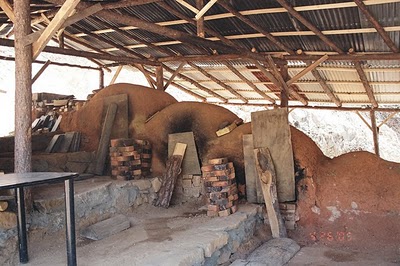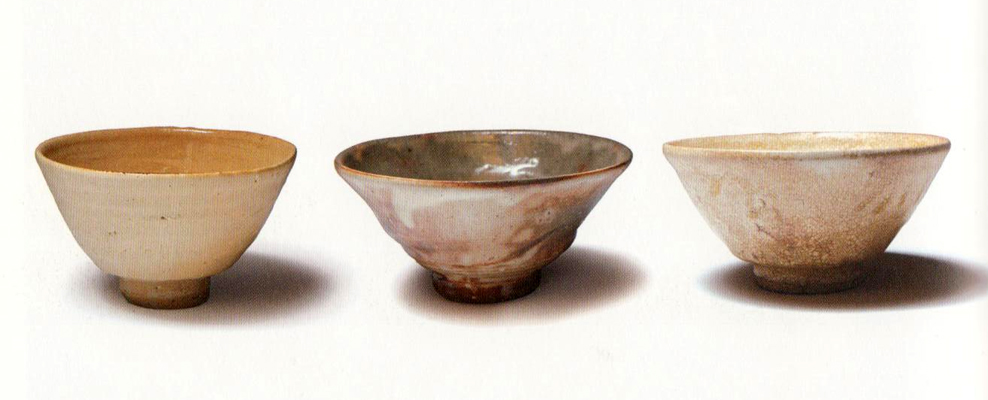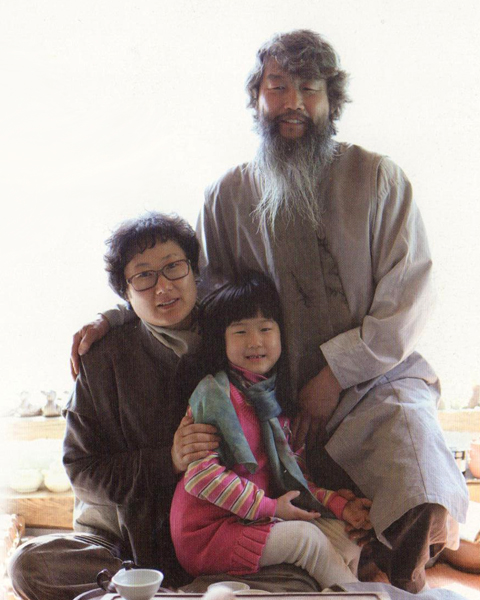
Seodongyo
Jong Il´s motto, but what does it mean? „Yo“ means „kiln“. Today basically any type of kiln but in earlier days „yo“ did mean wood kiln. For the term „Seodong“ there are several meanings. It dates to the 3 Kingdom Period particularly Silla and Paekche. Silla in the east, Paekche in the west. In this case it refers to Jong Il being born in the „area of Paekche „and having his kiln in the „area of Silla“ – east and west. It also refers to an ancient child“s song dating from the 3 Kingdoms period that essentially united Silla and Paekche – east and west.
Wood Firing
If you have never sat alone firing a wood kiln on a cool night when the wind is still and the only light comes from the flame, heating – almost burning – your face, you have never experienced the most spiritual moment of being with clay. There is nothing like it. The river of flame flowing through the ware, touching the surfaces with both heat and ash, perhaps gentle at first and for some never gentle. For others, a fierce flame dancing, darting not kissing but more like passionately embracing the ware – fire is.

Orumgama
Park Jong Il“s kiln is an orumgama – a chambered climbing kiln – just large enough for one person, with occasional help, to manage during the thirty hours needed to reach 1260ᵒC for the glaze firing. The firebox is long and set below ground. During the glaze firing it is fired for 20 hours.
Of course the wood must be cut ahead of time. If you were to visit these mountains just thirty years ago they would be nearly bare as all of the trees were cut and shipped to Japan during the Japanese occupation. Today there is new growth and wood is plentiful. Still potters today scrounge for any scrap wood they can find to use in their firing especially during the early heating or candling stages. Look closely and you can see the ax used to split the logs. Chopping wood is a long and laborious task.
Black and red pine are used. Pine in Asia is not a soft wood like in the United States it is a hard wood and the preferred wood for firing.
Korean tea Pottery
Trimming is as important to the forming process for most Korean ceramic works as ‘turning’ or ‘throwing’. The very best bowls can command great prices but in spite of the stories of simple tea bowls demanding great sums, clearly the motivation is not great wealth.
There is something compelling and spiritual about the combination of the physical, psychological and philosophical aspects of ones being that must come together to create Tea ware. That combination inspires one to work, and dedicate ones life to it.

Park Jong Il
a very spiritual tea ware artist, selected a spot near the top of a mountain to build his home and tea gallery. His home and tea gallery were built by hand from raw clay and naturally hewn trees in the same manner that many ancient Korean potters built their homes and studios.
For a tea lover it is interesting that the clay to build the walls of this tea gallery came from the historic tea mountains of Jirisan near Hadong. It is the same source of clay for many old tea bowls. Trees from the mountains were hewn to support the tea gallery. They contribute to the feeling of being close to nature while in the gallery.

The texts were composed by American-Korean ceramist Arthur Park




















































